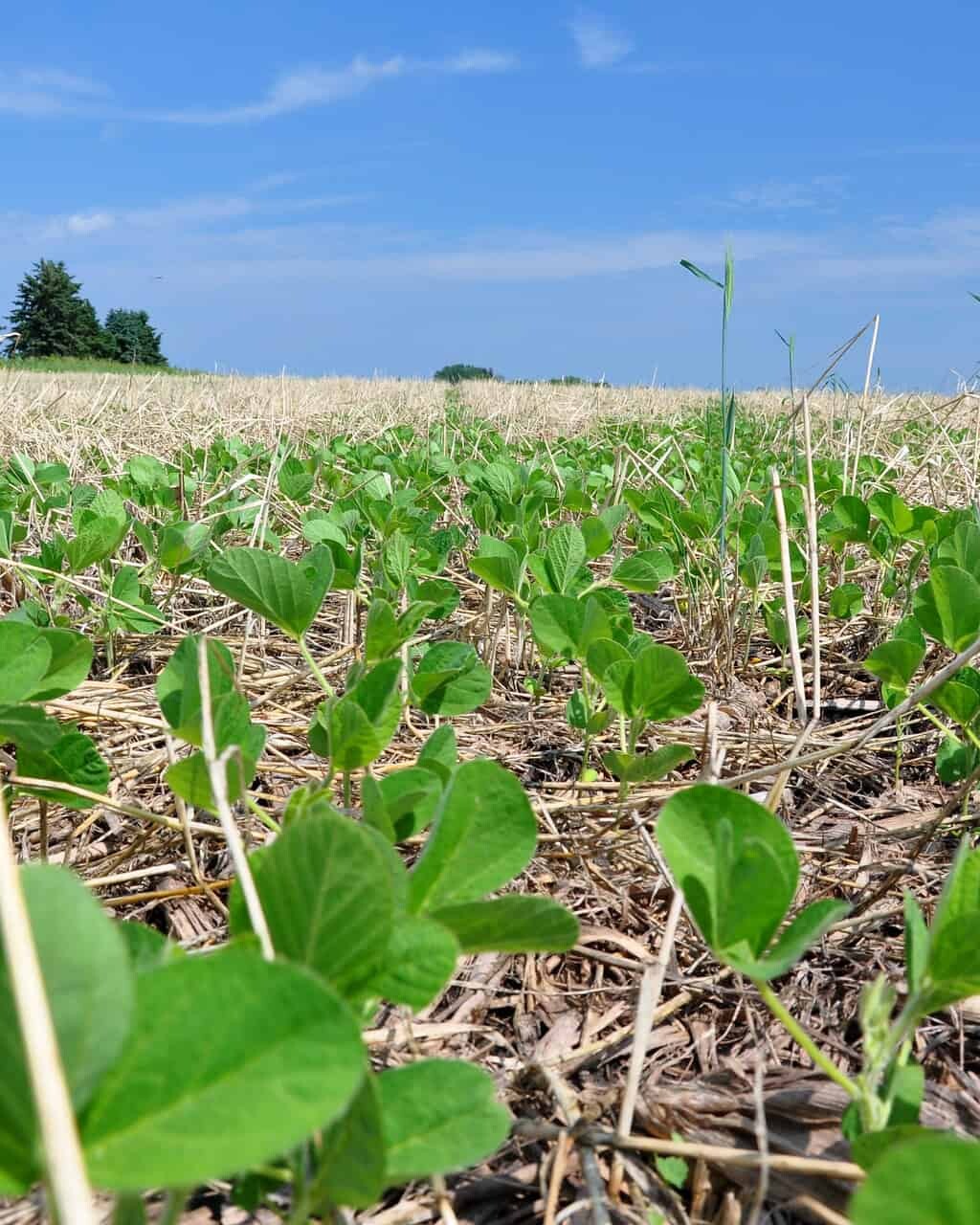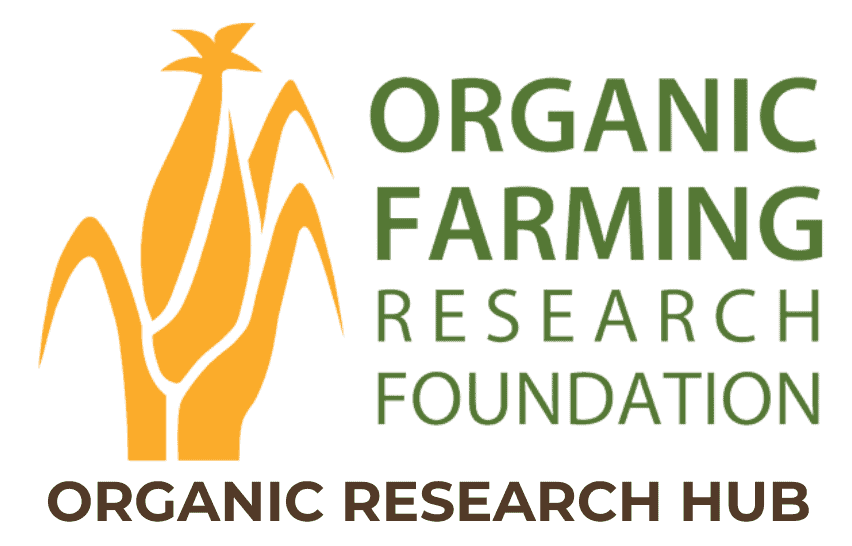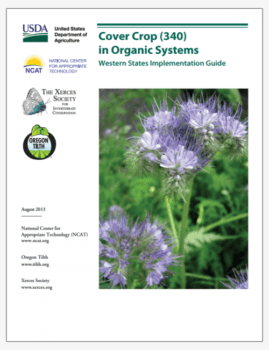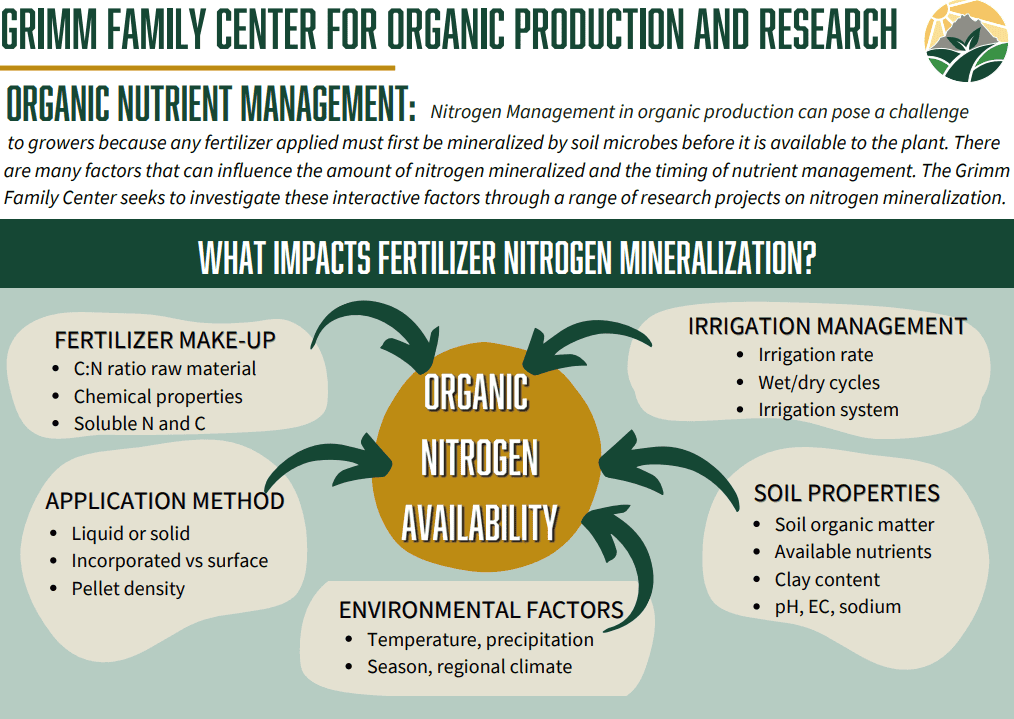Cover Crop Management Strategies and Profitability of Organic No-Till Soybean
Project Director: Madhav Dhakal, Mississippi State University
Project Overview
Cover crop residue retention on the soil surface can suppress weeds and improve both yield and profitability of organic production systems. However, these benefits are influenced by specific cover crop management practices (i.e., establishment date and termination method).
This study assessed the impacts of establishment date (September or October) and termination method (plow & cultivate, roller-crimping with the I&J roller crimper, roller crimping with the Dawn ZRX roller crimper, and mow & ted) of cereal rye – a common winter cover crop across several regions in the U.S. – on total cover crop biomass, weed suppression, soybean crop yield, and profitability.

Farmer Takeaways
- Although this study showed an advantage in cover crop biomass (~11%) for the September plantings over the October plantings, cereal rye planting date did not impact weed suppression, soybean yield, or economic returns.
- Roller crimping methods influenced cover crop regrowth, with the Dawn ZRX consistently outperforming the I&J roller crimper in terminating the cereal rye. Nevertheless, cereal rye regrowth did not impact weed pressure or soybean crop yield.
Project Objectives and Approach
Evaluate the combined impacts of cereal rye fall establishment date and spring mechanical termination method on cover crop biomass, weed suppression, organic soybean yield, and profitability in the Northeast.
- A field experiment was conducted at the Rodale Institute Research Farm (Kutztown, PA) over three years in adjacent fields managed within the same crop rotation (maize-oat-soybean-wheat).
- The two main experimental plots included: (1) an early cereal rye cover crop planting date (September 15), and (2) a late cereal rye cover crop planting date (October 15), with subplots including four different mechanical termination treatments: (1) plow and cultivate (PC), (2) roller-crimping using the I&J roller crimper (IJRC), (3) roller-crimping using the Dawn ZRX roller crimper (DRC), and (4) mow and ted (MT).
- Data was collected on aboveground cereal rye biomass (pre-termination); cereal rye regrowth (post-termination); soybean establishment; soybean yield; and total weed biomass. Additionally, ground samples of the cereal rye cover crop were analyzed for total C and N concentrations.
- Economic analyses were conducted for all treatments each year, taking into consideration production costs, operational costs, soybean market prices, and total soybean yields to estimate profitability of each treatment.
Key Findings
Cereal rye regrowth over time (post-termination) may be more significantly influenced by termination method than by planting date, with certain types of roller-crimpers being more effective
- Cereal rye regrowth one week after roller-crimping was affected by cover crop planting date, with the late/October-planted rye being more effectively terminated by the roller-crimpers than the early/September-planted rye.
- Rye regrowth recorded two and three weeks after roller crimping did not differ between planting dates, but did differ by termination method, with the Dawn ZRX roller crimper significantly reducing regrowth compared to the I&J roller crimper.
Neither planting date nor termination method for a cereal rye cover crop significantly/consistently impact mean weed biomass, soybean stand density, aboveground soybean biomass, or soybean yield
- Neither planting date nor termination method and their interaction affected mean weed biomass when averaged across the years.
- Cover crop planting date did not affect either soybean stand density or aboveground soybean biomass in either of the three years, nor was there a planting date x termination method interaction effect within each year.
- Soybean yield differences between the two planting dates did not show a clear pattern, with the only significant difference occurring in 2020, with the early/September-planted rye treatment producing greater soybean yields.
- Termination method affected soybean yield variably over the years, with soybean yield being significantly higher in 2019 for the plow & cultivate (PC) than the no-till treatments, but significantly lower than the no-till treatments in 2020.
Organic no-till strategies reduced costs and increased revenue
- Economic analyses indicated that organic no-till strategies eliminated the need for tillage and reduced variable costs by 14% over plow-cultivated plots, and generated close to 19% greater net revenue across the study period (no-till vs. tillage=$845 vs. $711 USD/ha).
Resources
Dhakal, M., Y. Rui, A.R. Benson, P.O. Hinson, K. Delate, R.K. Afshar, B. Luck, and A. Smith. 2023. Cover crop management strategies affect weeds and profitability of organic no-till soybean. Renewable Agriculture and Food Systems 39:1-13
Read MoreLocation
PennsylvaniaCollaborators
Yichao Rui
Annie Benson
Philip Hinson
Kathleen Delate
Reza Afshar
Brian Luck
Andrew Smith
Region
Northeast/Mid-Atlantic
Topic
Soil Health, Crop Nutrient Management, Weed Management, Cropping Systems
Category
Grain and Field Crops
Year Published
2023



